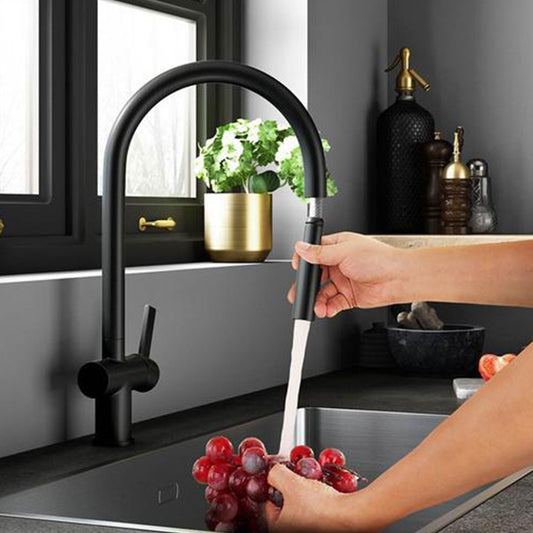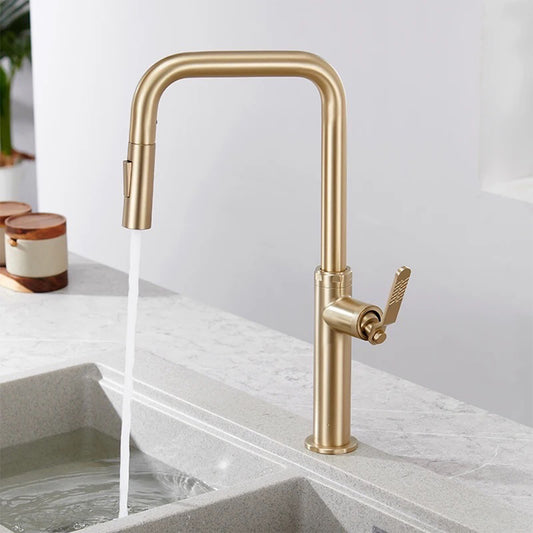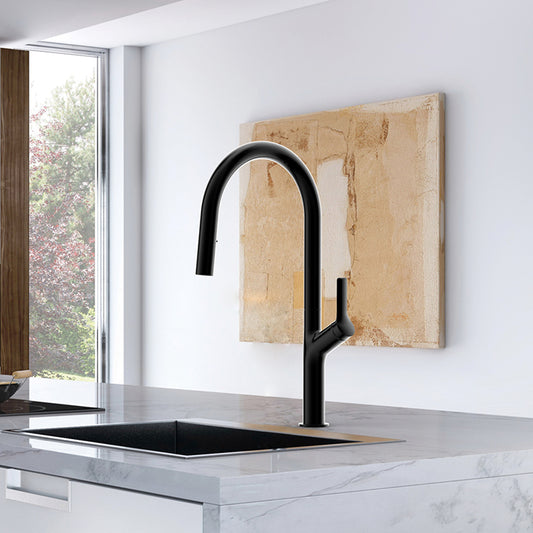The Truth About Water Saving Taps: Do They Really Save You Money?
- Introduction
- The Rise of Water Saving Taps
- Understanding Water Consumption
- How Water Saving Taps Work
- Do Water Saving Taps Really Save Money?
- Factors That Influence Savings
- Environmental Benefits
- Choosing the Right Water Saving Taps
- Installation and Maintenance
- Potential Drawbacks
- Rebates and Incentives
- Maximizing Water Savings
- Conclusion
- FAQs
Introduction
Water is a precious resource, and in an era of increasing environmental awareness and rising utility costs, it's no surprise that many homeowners are looking for ways to conserve both water and money.
One popular solution is the installation of water-saving taps, which promise reduced water consumption and, in turn, lower water bills. But do these taps truly live up to their cost-saving claims, or are they just another green trend?
In this comprehensive guide, we will delve into the truth about water-saving taps. We'll explore their effectiveness, the factors that influence savings, and whether they are a worthwhile investment for your home.
Water-saving taps have gained traction in the eco-conscious and cost-saving home improvement market, promising not only to reduce water consumption but also to lower utility bills. This exploration delves into the reality behind these devices, assessing their effectiveness, environmental impact, and the factors that influence their financial benefits.
The Rise of Water Saving Taps
In response to growing environmental concerns and the escalating cost of utilities, water-saving taps have emerged as a popular solution for homeowners seeking efficiency and sustainability.
These taps are engineered with advanced technologies such as flow restrictors and aerators to limit water flow without compromising the user experience. By reducing the volume of water used with each interaction, these taps aim to cut down on unnecessary water wastage.
Understanding Water Consumption
Recognizing your household's water consumption is the first step toward appreciating the value water-saving taps can bring. By evaluating how much water your household uses, you can identify where installations of water-saving taps can have the most impact. On average, households can see a significant reduction in water bills, contingent upon their water usage patterns and the efficiency of the taps installed.
How Water Saving Taps Work
Water-saving taps operate on a simple yet effective principle: they reduce the water flow to a more efficient level.
This is achieved through mechanisms like flow restrictors, which limit the amount of water passing through the tap, and aerators, which mix air with water to maintain a steady pressure while using less water.
These taps are available in various designs, catering to different needs and preferences, from those suitable for kitchen sinks to bathroom basins.

Do Water Saving Taps Really Save Money?
The core of this discussion lies in the actual cost-saving potential of water-saving taps. Studies and user experiences suggest that these taps can indeed lead to lower water bills, particularly in households with high water usage.
However, the extent of savings varies significantly across different households, influenced by factors such as local water rates, the efficiency of the taps, and individual water use habits.
Factors That Influence Savings
The effectiveness of water-saving taps in reducing utility bills isn't uniform; it's affected by several variables. The model of tap chosen, the household size, and specific water use patterns all play critical roles in determining the potential savings. Optimizing these factors by selecting the right taps and adjusting water use behaviors can maximize the financial benefits.
Environmental Benefits
Beyond the financial implications, water-saving taps offer substantial environmental advantages. By curtailing water wastage, they contribute to the conservation of this vital resource, aligning with broader efforts to mitigate environmental degradation. This aspect is particularly appealing to environmentally minded individuals looking to reduce their ecological footprint.
Choosing the Right Water Saving Taps
Navigating the market for water-saving taps requires careful consideration. Factors to consider include the tap's design, its compatibility with your home's existing plumbing, and its water efficiency rating. Opting for taps that balance aesthetic appeal with functional efficiency can enhance your home's water sustainability without sacrificing style.
Installation and Maintenance
Installing water-saving taps can be a straightforward process, often manageable as a DIY project. Regular maintenance, including cleaning aerators and checking for leaks, ensures they continue to function effectively, extending their lifespan and maintaining their water-saving benefits.
Potential Drawbacks
While water-saving taps present numerous benefits, they are not without their limitations. Some users may notice a decrease in water pressure, which could affect certain tasks. Moreover, the initial cost of high-quality water-saving taps can be a consideration for some homeowners.

Rebates and Incentives
To encourage water conservation, many local governments and utility companies offer rebates or incentives for homeowners who install water-efficient fixtures, including water-saving taps. These programs can offset the initial investment costs and enhance the overall savings.
Maximizing Water Savings
Beyond installing water-saving taps, adopting water-efficient habits can further reduce water consumption and utility bills. Simple actions, such as turning off the tap while brushing teeth or fixing leaks promptly, complement the water-saving benefits of these taps.
Conclusion
Water-saving taps represent a practical and effective solution for homeowners looking to reduce both their environmental impact and water bills.
While their cost-saving potential varies, the combination of correct choice, proper installation, and complementary water-saving practices can result in significant financial and environmental benefits.
As with any home improvement decision, realistic expectations and informed choices are key to making water-saving taps a valuable addition to your home.
FAQs
Can water-saving taps significantly reduce my water bill?
Yes, water-saving taps can reduce your water bill, especially in households with high water usage. However, savings vary based on usage patterns and the efficiency of the taps installed.
Are there any maintenance requirements for water-saving taps?
Regular maintenance, such as cleaning the aerator and checking for leaks, is essential to ensure water-saving taps continue to operate efficiently.
Do I need a professional to install water-saving taps?
While many homeowners can install water-saving taps as a DIY project, professional installation may be necessary for complex plumbing systems or to ensure optimal performance.
Have you installed water-saving taps in your home? Share your experiences and any noticeable impact on your water consumption or bills.
Explore our other related blog posts :


















![Stainless Steel Gold Pull Out Kitchen Tap Tapron Gold Pull Out Kitchen Tap with Dual Spray [TABB101]](http://tapron.co.uk/cdn/shop/products/Tapron-Brushed-Stainless-Steel-Kitchen-Tap-with-Pull-Out-Spray-Brushed-Brass-Finish-LS_533x.jpg?v=1627033460)
















